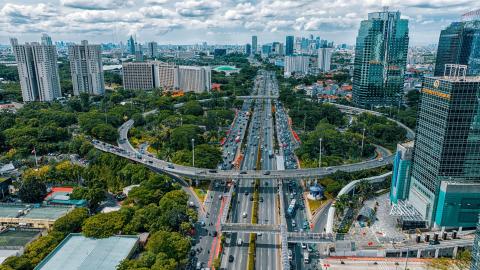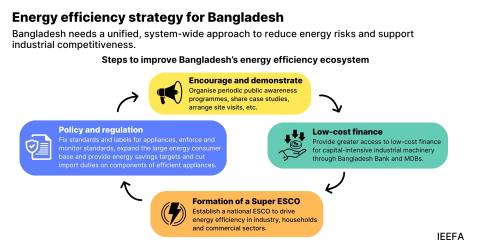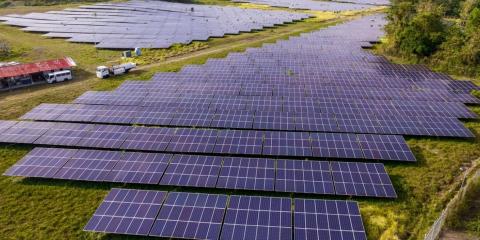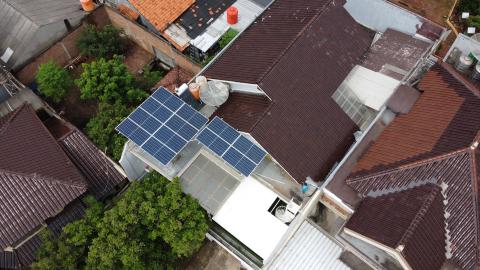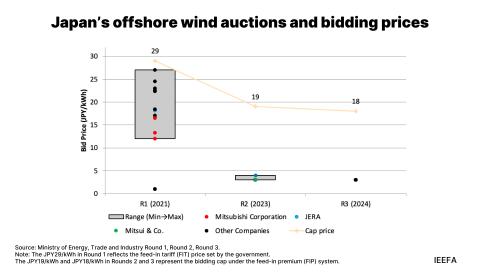Shift to EVs a challenge in India’s gated communities
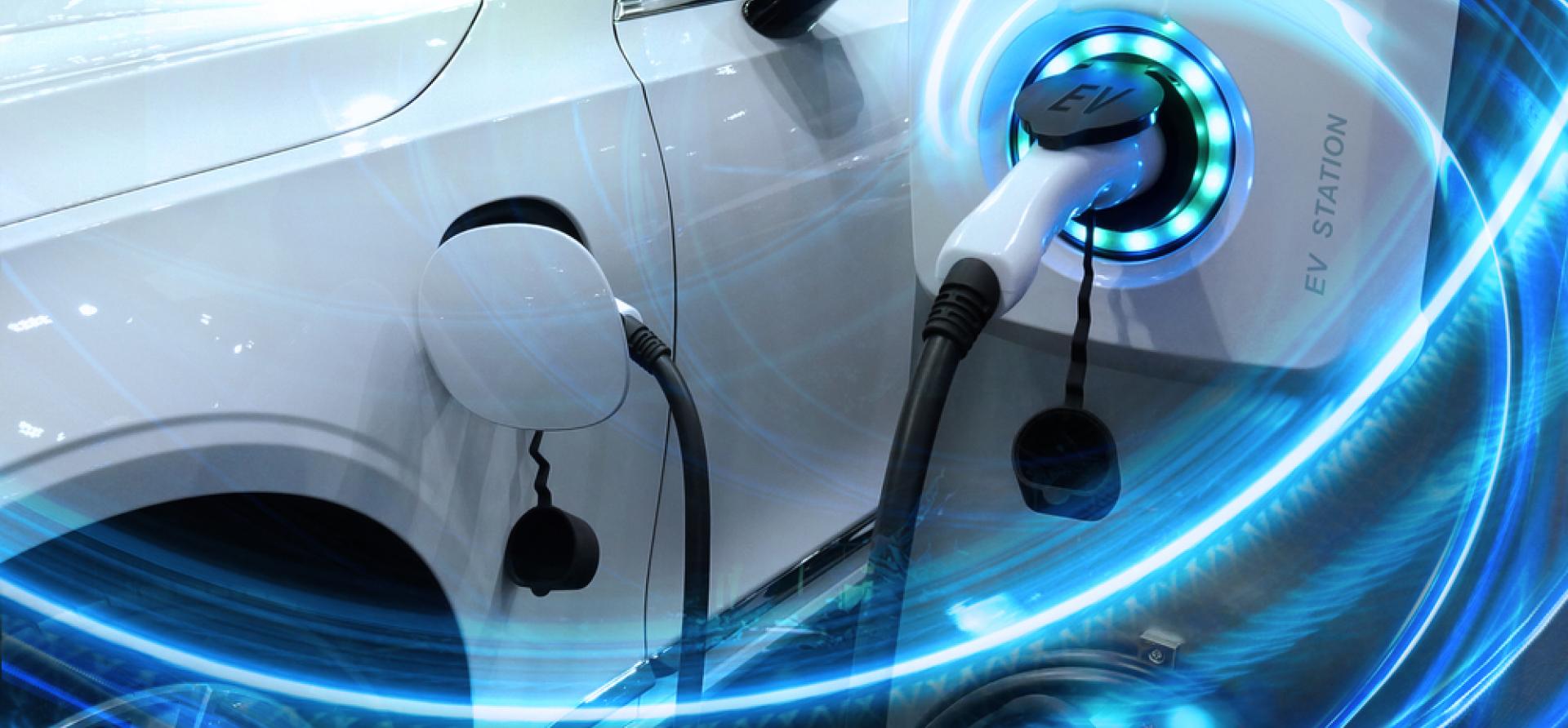
Key Findings
Many residential communities do not allow the installation of EV charging points in residents’ dedicated parking slots for fear of safety or lack of adequate electrical wiring/infrastructure nearby. In some cases, upgrading infrastructure can become an added financial burden on those who do not own EVs.
State nodal agencies should hold awareness campaigns on EV charging safety standards and the benefits of electric mobility. They should issue guidelines on the installation of private and semi-public charging points in gated communities.
State governments should make it mandatory for under-construction/new properties to future-proof parking slots. This will ensure that charging points can be easily installed in them or semi-public fast chargers be set up in common areas of gated communities.
The growing popularity of electric vehicles (EVs) underscores a pivotal shift in our approach to transportation, driven by environmental concerns and technological advancements. Yet, there is a glaring gap between the surge in EV adoption and the inadequate development of charging infrastructure, particularly in residential gated communities.
This incongruity poses a hurdle to the widespread acceptance and ownership of EVs, as residents are often deterred by the lack of accessible charging options in their neighbourhood. The discrepancy between the rising tide of EV ownership and the sluggish pace of charging infrastructure development not only hinders individual convenience but also waters down the broader societal benefits of greener mobility.
Home charging of EVs has numerous benefits, but there is little discourse on it
Developing adequate EV charging infrastructure in residential areas, especially in gated communities, has several benefits, including economic and operational. Home charging or when a private charging point is allowed in a gated community, is not only convenient for EV users but also cheaper in most cases as electricity tariffs are lower than the price paid by consumers to charge their EVs at public charging stations.
According to the U.S. Department of Energy, 80% of EV charging happens at home in the U.S. Home charging also helps in load management and enables grid stability, as it takes place mostly at night. The share of electricity consumption from EVs is expected to increase from 0.2% in 2024 to 6% by 2035 in India, according to the International Energy Agency’s EV Outlook 2024, making peak load management a priority. Therefore, residential charging infrastructure will be central to the future charging ecosystem and will play a crucial role in EV adoption.
However, while there is a high level of emphasis on building public charging stations in India, there is little discussion on addressing challenges in setting up home charging points. Setting up a home EV charging point involves navigating diverse residential community by-laws in addition to bearing extra installation costs. The diverse nature of residential communities makes the prospect of a one-stop solution to this challenge bleak.
Diverse challenges complicate the installation of home charging points
EV users and potential buyers face challenges of varying degrees in installing home charging points in Indian cities. While the Ministry of Housing and Urban Affairs (MoHUA) and the Central Electricity Authority (CEA) have issued guidelines for the establishment of EV charging infrastructure, several state governments are yet to adopt those standards.
The lack of clarity on charging standards/laws and electrical infrastructure inadequacies exacerbate challenges in installing home charging points, especially in multi-home, high-rise residential communities. Additional challenges include:
● Lack of awareness/guidelines: Many residential communities do not allow the installation of EV charging points in residents’ dedicated parking slots for fear of safety, lack of adequate electrical wiring/infrastructure nearby, or simply the lack of awareness. Tenants face additional challenges in getting permanent EV charging equipment installed.
● Opposition from non-EV users: Many residential communities require electrical infrastructure upgrades to install electric vehicle charging points on their premises. This may become an additional financial burden for residents who are not opting for EVs, leading them to oppose any infrastructural upgrades.
● Complex electricity tariff structures: Several gated residential communities have complex electricity connections and billing structures, with residential welfare associations (RWAs)/property managers playing an intermediary role in billing. Electricity tariffs paid by residents vary by community and city, based on the community structure and type of electricity connection. In some cases, the lack of a separate meter for EV charging prevents users from availing special discounted tariffs for EV charging offered by power distribution companies (Discoms).
Multi-pronged approach needed to address home charging challenges
Developing home charging solutions requires coordination between several actors, including government entities (such as the CEA and the Bureau of Energy Efficiency (BEE) for establishing safety and charging standards), state departments and agencies (such as the urban development department and Discoms), RWAs, charge point operators (CPOs), vehicle manufacturers, and EV users.
The following are some steps that various actors can take to expedite the deployment of EV charging points in residential communities:
➢ State nodal agencies should hold awareness campaigns in collaboration with civil society organisations to educate RWAs on EV charging safety norms and the benefits of electric mobility.
➢ State nodal agencies should issue guidelines on the installation of private and semi-public charging points in gated residential communities; in line with BEE’s draft guidelines on EV charging.
➢ The guidelines should include safety norms to be followed for installing charging points in basements and multi-level parking areas as issued by the CEA and BEE from time to time.
➢ In addition to slow private charging points, fast chargers may be set up in a semi-public mode (chargers set up in common areas of gated communities dedicated to people living there) by CPOs. The ideal solution for communities is to have a combination of slow and fast chargers.
➢ Partnerships may be encouraged among vehicle manufacturers, CPOs and RWAs to set up charging points in gated communities.
➢ Interoperable charging infrastructure must be strictly adopted and adhered to for standardisation, accessibility and reliability.
➢ If gated residential communities need a significant electrical infrastructure upgrade to provide EV charging points, then this cost may be borne from the sinking/reserve fund of the community. RWAs can hold awareness campaigns on how such infrastructure will enhance the market value of the property in the long run.
➢ To allow tenants to access EV charging and keep capital costs low, RWAs may designate a few parking slots (BEE guidelines suggest a minimum of 10 percent common parking space) with EV charging points on a floating basis, which can be allotted to EV users from time to time.
➢ The Municipal Administration & Urban Development departments of state governments should make it mandatory for under-construction/new properties to future-proof parking slots. This will ensure that charging points can be easily installed in them or semi-public fast chargers set up in common areas.
This article was first published in The Hindu BusinessLine.



